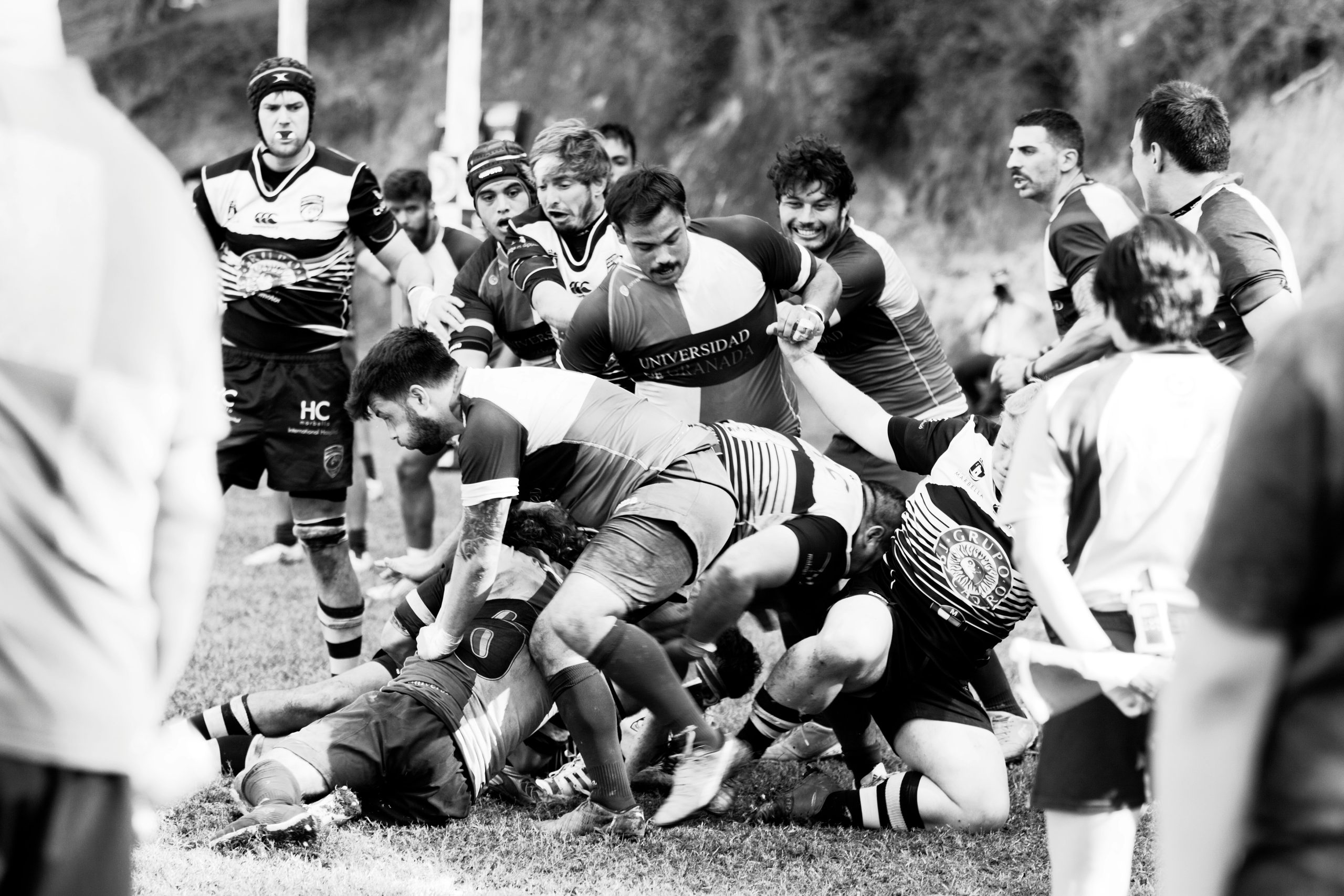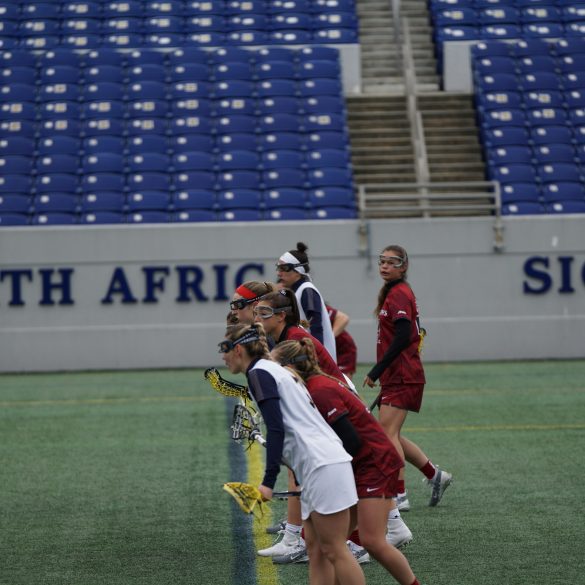How Rugby Became a Symbol of Unity and Power in South Africa
You know, I still get goosebumps thinking about that moment in 1995. Picture this: Nelson Mandela, wearing a Springbok jersey—the very symbol that had represented exclusion and division for decades—walking onto Ellis Park to present the Rugby World Cup trophy. The crowd, initially uncertain, erupted in cheers of “Nelson! Nelson!” It wasn’t just a sporting moment; it was the birth of a new South Africa.
Having followed rugby for most of my adult life, I’ve witnessed how this sport uniquely captures the soul of nations. But nowhere is this more profound than in South Africa, where rugby evolved from a symbol of racial segregation into a powerful force for unity. What fascinates me most is how deliberately this transformation was orchestrated—and how genuine it became.
Why Rugby Matters in South Africa
Rugby in South Africa isn’t just a game—it’s a mirror reflecting the country’s complex journey from apartheid to democracy. The sport’s transformation parallels the nation’s own struggle for unity and identity.
The Complex Legacy of Apartheid Rugby
Let me be completely honest here—rugby’s history in South Africa is deeply uncomfortable. For decades, the sport was a bastion of white privilege and Afrikaner nationalism. The Springbok emblem, now beloved across all communities, once represented everything that black South Africans were fighting against.
During apartheid, rugby was more than exclusionary; it was aggressively segregationist. According to historical records from the South African Rugby Union1, black players were systematically banned from representing the country. This wasn’t just about sport—it was about power, identity, and who belonged in the “new” South Africa that the apartheid regime was trying to create.
South Africa Rugby Fact
The Springbok rugby team was first established in 1906, but it wasn’t until 1981 that the first black player, Errol Tobias, was selected to play for South Africa—and even then, it was during a period of intense international sporting boycotts.
What strikes me most about this period is how rugby became intertwined with Afrikaner identity. The sport represented strength, resilience, and cultural pride for white South Africans, particularly Afrikaners who saw themselves as the true inheritors of the country. Research by sports historian Dan Retief2 shows that rugby victories were celebrated as validation of apartheid ideology—victories that came at the cost of excluding the majority of the population.
But here’s where it gets interesting—and where Mandela’s genius becomes apparent. Rather than dismantling these symbols entirely, he chose to transform them. The question that haunted many was: how do you take something that represented division and make it represent unity? The answer lay in understanding that symbols are only as powerful as the meaning we give them.
The Mandela Moment: Strategic Symbolism at Its Finest
I’ll never forget watching the 1995 Rugby World Cup final. Actually, let me rephrase that—I’ll never forget watching Mandela at the 1995 Rugby World Cup final. The rugby was brilliant, sure, but what happened before and after the match was pure political theater of the highest order.
Mandela’s decision to wear the Springbok jersey wasn’t spontaneous. According to his autobiography and subsequent interviews with his advisors3, it was a calculated move designed to send a message to white South Africans: “You belong in this new South Africa too.” The symbolism was profound—the first black president of South Africa embracing the symbol of white rugby supremacy.
But honestly, what moves me most about this moment isn’t the politics—it’s the authenticity. Mandela genuinely understood rugby’s importance to a significant portion of South Africa’s population. He studied the game, learned about the players, and respected what it meant to its fans. This wasn’t tokenism; it was genuine engagement with people whose support he needed for national reconciliation.
The crowd’s reaction tells the whole story. Initially, there was uncertainty—even some boos from sections of the crowd. But as Mandela walked onto the field, something shifted. The documentary “The 16th Man” captures this perfectly4. You can see the exact moment when 60,000 predominantly white rugby fans realized their new president was genuinely embracing them and their sport.
The Ripple Effects of That Day
What happened next was remarkable. The victory itself—South Africa beating New Zealand in the final—was incredible from a sporting perspective. But the real victory was psychological. For the first time since the end of apartheid, white and black South Africans celebrated together in the streets. Rugby had become the vehicle for this unity.
- Township schools began introducing rugby programs for the first time
- Corporate sponsors started investing in development rugby across all communities
- The South African Rugby Union committed to transformation policies
- International rugby tours resumed after years of boycotts
But let me be clear—this wasn’t instant transformation. What 1995 achieved was the creation of possibility. It showed that rugby could be more than a white sport, that the Springbok could represent all South Africans. The hard work of making that vision reality would take decades.
The Psychology of Sporting Unity
Sports psychologists have long studied how shared sporting experiences can break down social barriers. The 1995 World Cup victory created what researchers call a “superordinate goal”—a shared objective that transcended racial divisions.

Rugby’s Transformation Journey: Progress and Challenges
Here’s where I need to be completely honest about rugby’s transformation in South Africa—it’s been messy, controversial, and incomplete. The romanticism of 1995 gave way to the harsh realities of changing a deeply entrenched system. As someone who’s followed this journey closely, I’ve seen both remarkable progress and frustrating setbacks.
The transformation of South African rugby wasn’t just about demographics; it was about culture, economics, and opportunity. Research by the Institute for Security Studies5 shows that in 1995, less than 5% of professional rugby players were black. By 2019, that number had risen to approximately 35%—significant progress, but still not reflecting the country’s demographics.
What fascinates me about this transformation is how it mirrors South Africa’s broader struggles with inequality and opportunity. The introduction of quotas in 2003 was hugely controversial—and I’ll admit, I was initially skeptical. Critics argued it would lower standards and create resentment. But looking back now, I think it was necessary to accelerate change that was happening too slowly.
The Development Revolution
The real transformation story isn’t just about quotas—it’s about development. Organizations like the South African Rugby Development Trust began investing heavily in township rugby programs. According to their annual reports6, over 200,000 young players from previously disadvantaged communities have participated in structured rugby programs since 2000.
- School-based rugby programs in townships and rural areas
- Coaching development and certification programs
- Infrastructure development—new fields and facilities
- Talent identification and scholarship programs
But here’s what really excites me—the players who emerged from these programs didn’t just make up numbers. They became stars. Siya Kolisi, who would become South Africa’s first black captain, came through these development pathways. His story isn’t just about personal achievement; it’s about what’s possible when opportunity meets talent.
The challenges, though, remain real. Economic inequality means that many talented players from disadvantaged backgrounds still struggle to access quality coaching and facilities. The language barriers—rugby terminology is still predominantly in English and Afrikaans—create additional hurdles. And let’s be honest, changing institutional culture takes generations, not just years.
Modern South African Rugby: Unity Through Diversity
Fast forward to 2019, and I’m watching Siya Kolisi lift the Rugby World Cup in Japan. Twenty-four years after Mandela’s moment, here was rugby’s transformation made manifest. The captain was black, the team was diverse, and the celebration back home was genuinely inclusive. It felt like the completion of a circle that began in 1995.
What strikes me most about modern South African rugby is how naturally the diversity feels now. The 2019 World Cup squad included players from townships, suburbs, farms, and cities. According to team statistics7, the squad spoke eight different languages and represented truly diverse backgrounds. This wasn’t tokenism—this was the best rugby players in the country, regardless of background.
The Kolisi Effect
Siya Kolisi’s captaincy has inspired a new generation of young South Africans. Rugby club registrations in townships increased by 40% in the year following the World Cup victory, according to SA Rugby statistics.
But perhaps the most powerful aspect of modern South African rugby is how it’s become a shared national passion. During the 2019 World Cup, I watched the final in a bar in Cape Town. The crowd was mixed—black, white, coloured, Indian—all united in supporting the Springboks. The celebration afterward spilled into the streets, with people from all backgrounds singing the national anthem together.
Rugby as Social Bridge
Rugby has become something unique in South Africa—a space where the country’s various communities can find common ground. Research by the University of Cape Town’s sociology department8 shows that rugby is now the sport with the highest cross-racial support in the country, surpassing even soccer in some demographics.
The language of rugby has also evolved. While the sport was once dominated by Afrikaans, you now hear players communicating in multiple languages during matches. The team’s official communications are multilingual, and the supporters’ chants reflect this diversity. It’s a small thing, but it matters—it shows that the sport belongs to everyone.
Looking ahead, I’m genuinely optimistic about rugby’s continued role in South African unity. The sport has proven that symbols can be reclaimed and transformed. The Springbok jersey that once represented exclusion now represents inclusion. The rugby fields that once divided communities now unite them.
This transformation wasn’t automatic or easy. It required deliberate effort, courageous leadership, and time. But it proves that sports can be a powerful force for social change when there’s genuine commitment to transformation. Rugby in South Africa isn’t just a sport anymore—it’s a symbol of what’s possible when a country decides to change its story.
References



